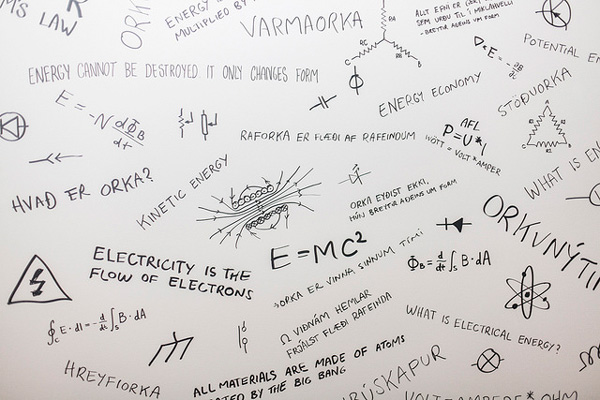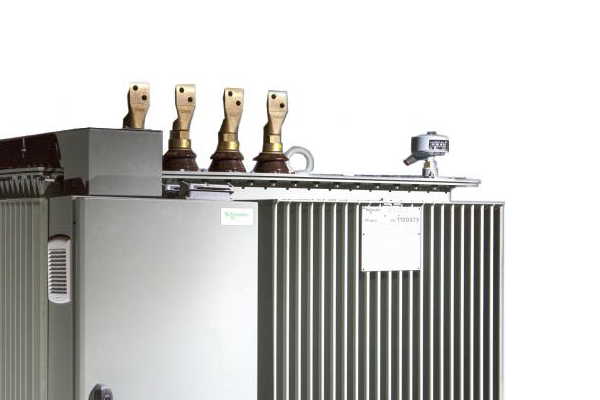Generation and transmission of electricity
This article will briefly consider the different ways that electricity is generated and transmitted in the UK. Electricity is a convenient energy source because it is easily transmitted over distance via electricity cables, and has a wide variety of uses. However, electricity is not a primary energy source – it must be generated before it can be used, whether using coal, oil, natural gas or other fuels. Once it has…







